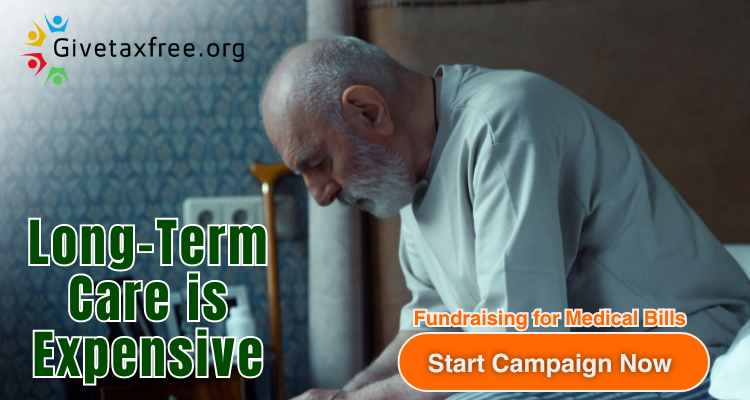Dr Linda Stein Gold discusses the changing paradigm for the topical treatment of psoriasis.
https://www.medscape.com/viewarticle/1000317?src=soc_yt
— TRANSCRIPT —
Hello. My name is Dr Linda Stein Gold. I’m the director of dermatology clinical research at Henry Ford Health System in Detroit, Michigan. Today, I’m going to talk about changing the paradigm for the topical treatment of psoriasis.
You might think, why do I need to use anything other than topical steroids? The truth is that I think of topical steroids as really a short-term solution to a long-term problem. We need to simplify the patient treatment regimen. Fortunately, we have some new nonsteroidal topical options that actually help us get patients under control and keep them under control.
The first is topical tapinarof. This works by a different mechanism of action. It’s what we call an aryl hydrocarbon receptor agonist. It’s a small molecule that works inside the cell, and it’s been shown to downregulate Th17 cytokines and also help to restore the skin barrier. When we studied this in patients who had mild, moderate, or severe plaque psoriasis, we saw up to 40% of patients actually getting to clear or almost clear using this 1% topical cream just once a day.
We also found that this drug was well tolerated. We didn’t find the stinging and burning that we tend to expect with nonsteroidal topical options. There were some cases of folliculitis and some contact dermatitis, but these tended to be mild to moderate and patients didn’t generally discontinue owing to these adverse events.
In a long-term study when patients got to completely clear skin, we took away their drug and we waited to see how long it took for them to get their disease back, either mild disease or worse. We found that, on average, patients had about a 4-month durable remission. That means that half the patients lasted longer than 4 months and half the patients lasted less than 4 months. There’s a good possibility that if your patients get clear, they might have a drug holiday.
There was a recent phase 4 study of this drug in intertriginous areas. We found that about 83% of patients who had psoriasis in those skin folds got to clear or almost clear. In another phase 4 study, patients with psoriasis of the head and neck were studied and saw about 85% efficacy in this location. That’s a nice efficacy for sometimes sensitive and difficult-to-treat areas.
What else do we have? We have topical roflumilast, which is a topical phosphodiesterase type 4 (PDE-4) inhibitor. It’s up to 300 times more potent than the PDE-4 inhibitors that we’ve had before for dermatology. This was studied, again, in a cream used once a day at 0.3% vs vehicle. Here, we’re treating for 8 weeks once a day, and we found that about 43% of patients got to clear or almost clear at the end of 8 weeks.
We studied roflumilast cream in intertriginous disease in the initial phase 3 studies and found that the majority of patients got to clear or almost clear. In fact, up to almost two thirds of them got completely clear of their intertriginous disease. We saw a nice reduction of itch, and this started to kick in around week 2 or week 4.
In terms of tolerability, this is a drug that’s very well tolerated locally. It is a potent molecule, and especially when we treat larger body surface areas, we did see a little bit of headache or diarrhea. This was mild or moderate and tended to resolve within the first few days. In a long-term study, patients were treated on and off as needed. When they had clear or almost clear skin, they stopped treatment and restarted when the plaques returned. When patients have access to the drug and can use it as needed, we found that would give them the ability to stay clear or almost clear for up to around 10 months.
Recently, this drug was approved by the US Food and Drug Administration in the foam formulation for seborrheic dermatitis. The foam formulation has also been studied in scalp and body psoriasis. It’s not yet approved for that indication, but that would give us some nice one-stop shopping using this drug on multiple body surface areas.
Transcript in its entirety can be found by clicking here:
https://www.medscape.com/viewarticle/1000317?src=soc_yt













![The Best Dietary Changes for Colon Cancer Prevention [Video]](https://cancerrecoverygiving.com/wp-content/uploads/2024/07/mp_353694_0_47091200x675jpg.jpg)
![Understanding Symptoms And Prevention Tips For Common Waterborne Diseases: Cholera, Typhoid And Hepatitis A [Video]](https://cancerrecoverygiving.com/wp-content/uploads/2024/07/mp_354723_0_symptomsandpreventiontipsforwaterbornediseases1720263274013jpg.jpg)
![Bachelor of Theology (BTheol) | University of Otago [Video]](https://cancerrecoverygiving.com/wp-content/uploads/2024/07/mp_350496_0_studyspyelephantpng.png)
![Alysso Milano-Produced Docuseries Examines Challenges of Perimenopause [Video]](https://cancerrecoverygiving.com/wp-content/uploads/2024/04/mp_257729_0_2N5A0205PhotobyVictoriaSirakovajpg.jpg)

